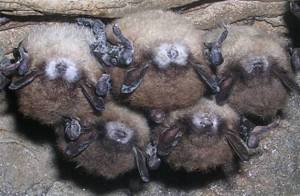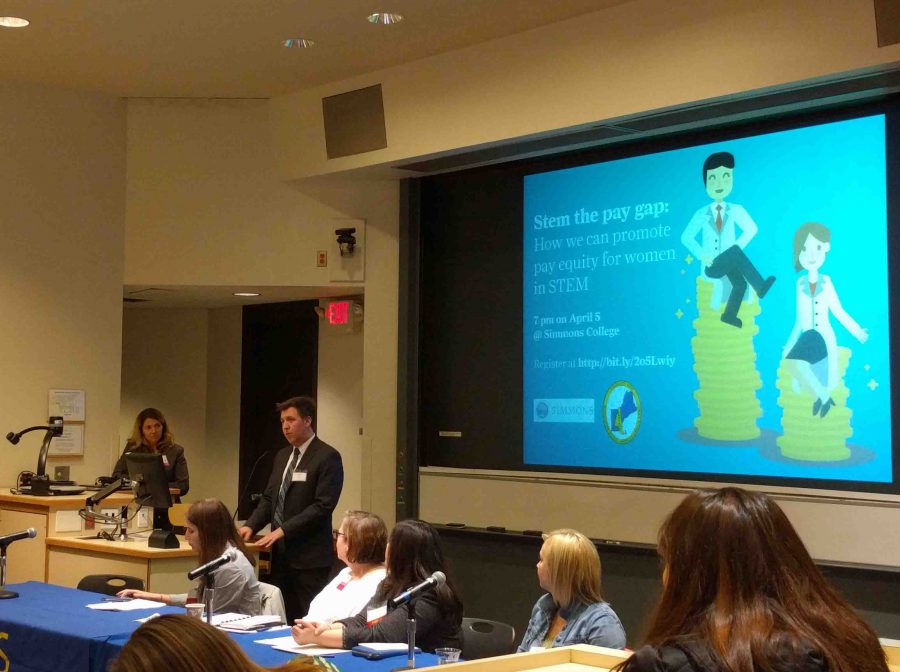By Roxanne Lee
Staff Writer
The fungus that causes White Nose Syndrome, a deadly disease affecting hibernating bats, is continuing its spread across the United States. In March this year, the fungus that causes the disease is now in Texas. This means the fungus is now in 30 states in the United States and six provinces in Canada. This development effectively blows previous hopes of being able to contain the disease out of the water.

White Nose Syndrome (WNS) was first discovered in America in 2006-2007, in caves in New York, and has been moving about 200 miles every few years. According to the U.S. Fish and Wildlife Service, the disease has killed six million bats and has devastated bat populations in the North East sections of the United States.
At present it is hypothesized that the fungus came to North America via being unintentionally carried by a traveler from Europe or Asia. The fungus already exists in those countries, and the death toll to bats there is much lower as bats there have had time to adapt. The fungus is thought mainly to be transferred from bat to bat via contact, and possibly from cave to cave by people unintentionally carrying spores of the fungus with them as they visit different caves.
WNS kills hibernating bats, primarily in eastern North America. The disease is caused by a fungus, Pseudogymnoascus destructans, that thrives in cold and humid conditions such as caves and mines, the exact kinds of habitats most favored by hibernating bats. The fungus can be present without the disease manifesting, thought WNS usually starts to appear about two or three years after the fungus is first discovered in bat populations. Normally bats would be able to groom the fungus away, but their stillness during hibernation allows the disease to spread much more easily on individual bats and through the colony at large.
WNS can be identified by a white fungus appearing on the noses, wings, and ears of hibernating bats, and by the erratic behavior it causes. The behavior caused by WNS causes bats to burn through much needed fat reserves, creating emaciation, which has been documented in many bats who have died from WNS. And if the starvation doesn’t kill them, skin lesions or freezing from flying out in winter looking for food does.
We stand to lose very much from the sharp decline of bats in the country, not the least of which is natural diversity and a key part of North American ecosystems. Bats are incredibly valuable to people, primarily because many species eat insects, pest species included, and many bat species pollinate crops. Their value to U.S. farmers is estimated at 1.4 billion dollars in Texas alone, and to farmers nationwide somewhere between 3 and 53 billion dollars annually.
Texan bats may be safer than most when the disease does manifest. WNS thrives in cold and humid conditions, and Texas’s short winters might help to stop the potential danger to the bats. But researchers are concerned that one of the affected species, the Mexican Free-Tailed bat, could carry the fungus with them on their long flights, which can reach places as far away as Honduras.




















